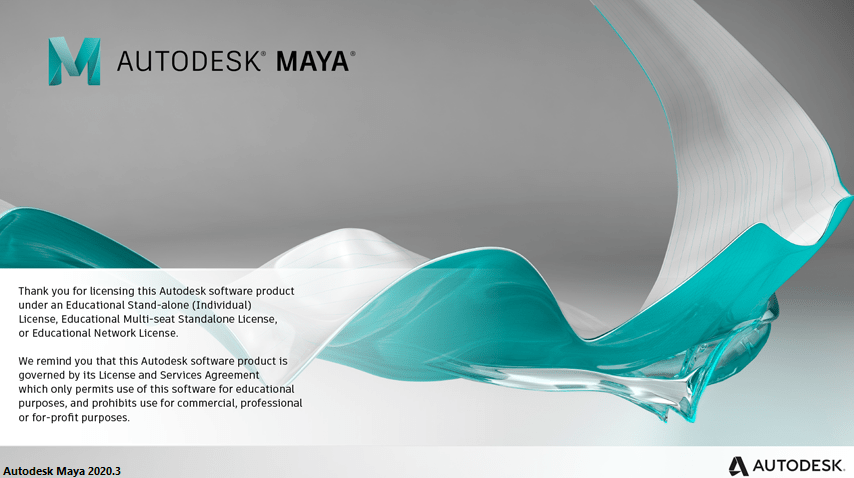

Across production, artists and studios will see optimized workflows and reducedturnaround times between versions, making it easier to manage traditionally labor-intensive tasks.GPU rendering is now pixel, feature, and API compatible with CPU rendering in Arnold,empowering users to choose which type of rendering is best suited to their specific needsand workflow.Arnold GPU is not a separate renderer but uses the same settings, interface, nodes,executables, and codebase as rendering with Arnold on the CPU.With a single click, users can switch seamlessly between rendering on the CPU and on the GPU. Lighting artists will benefit from efficiency gains with the ability to preview lighting anduncover issues immediately, rather than waiting on overnight renders to see their workand make decisions based on feedback received.Look development artists will benefit from a faster working environment, making it quickerto denoise images and get to the first presentable image or final look.Artists can get immediate and more responsive feedback when tweaking shaders andadjusting lighting, giving them more time for artistic iterations.The speed of GPU-based rendering makes it possible for artists to work with near final quality renders at interactive rates. Learn More | Purchase Arnold 6 Better Interactivity Arnold 6 also introduces several new features including on-demand texture loading, improved support for Open Shading Language (OSL) and OpenVDB volumes, new USD components and a quicker, easier way to buy. The ability to switch seamlessly between CPU and GPU rendering gives artists greater flexibility and provides efficiency gains for artists and studios of all kinds.


Autodesk® Maya® 2020 introduces tools that help animators, modelers, riggers, and technical artists work faster and more intuitively, and Arnold 6 can now be used for production rendering on both CPU and GPU.


 0 kommentar(er)
0 kommentar(er)
